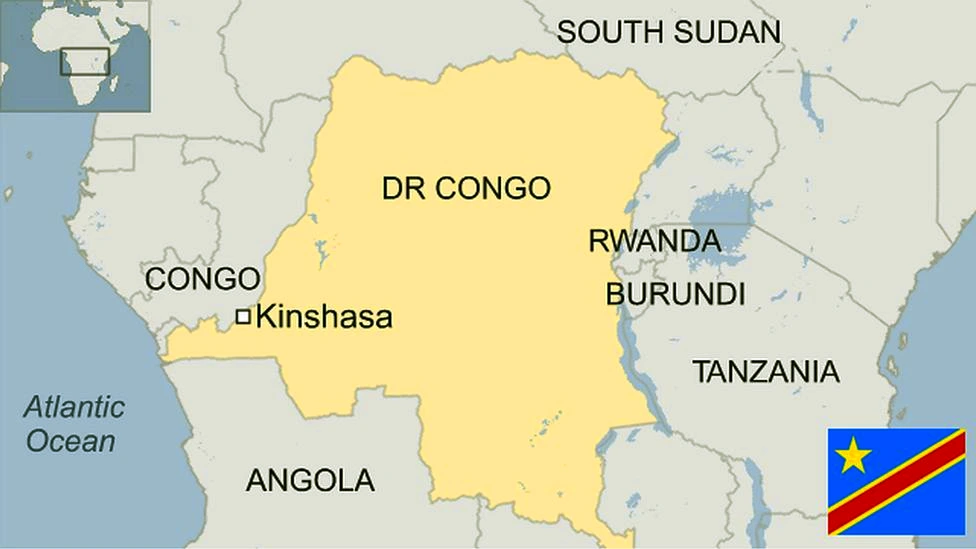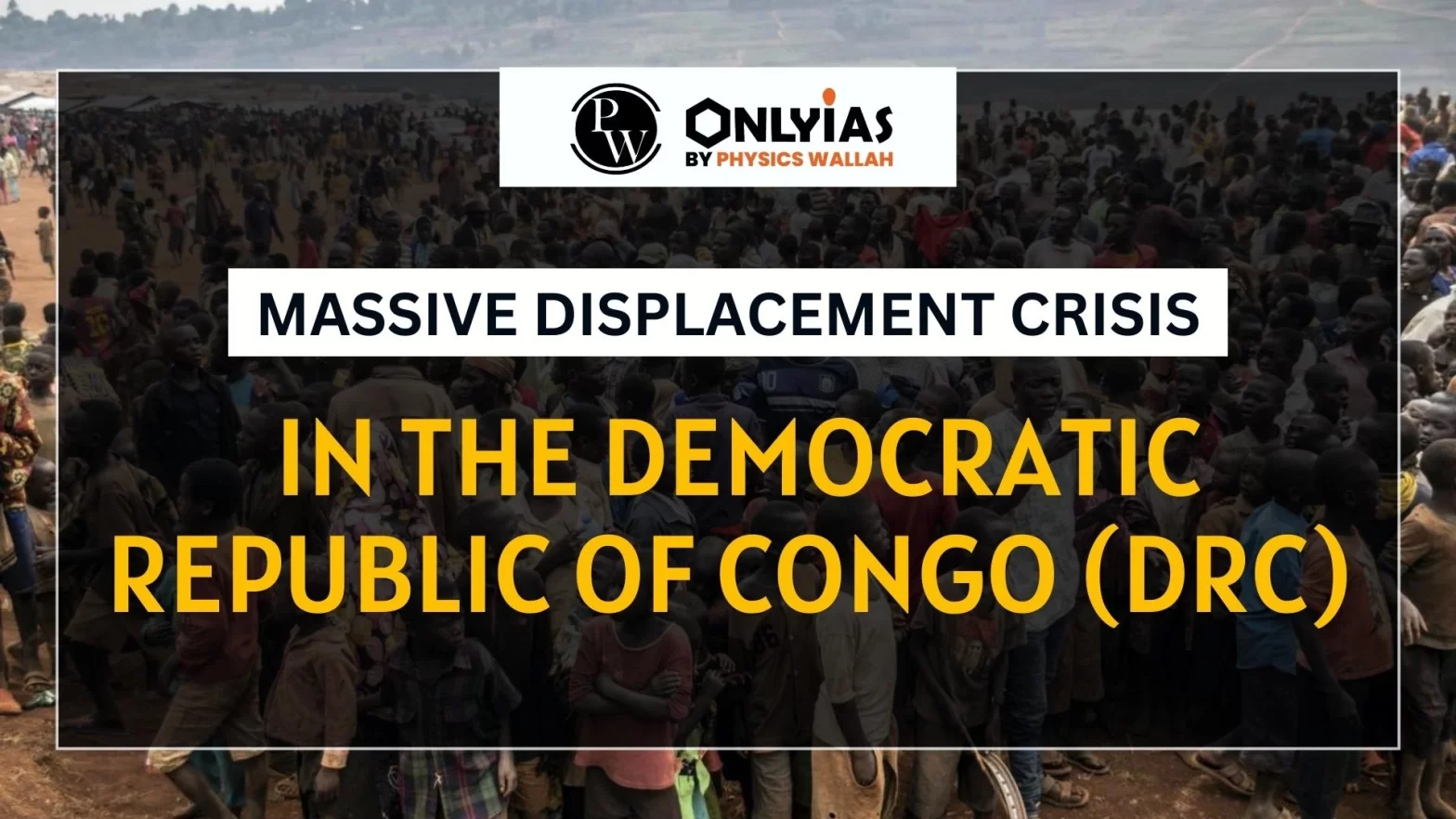Context:
- This article is based on an Editorial “The massive displacement in Congo” which was published in the Hindu. Recently, the UN International Organization of Migration (IOM) reported that the number of people who have been internally displaced in the Democratic Republic of Congo (DRC) has risen to 6.9 million due to the ongoing conflict with the rebel group, Mouvement du 23 Mars (M23).
| Relevancy for Prelims: Map of Democratic Republic of Congo (DRC) and associated ethnic tribes.
Relevancy for Mains: Internal Conflicts and Security Challenge to a Country. |
Conflict in the Democratic Republic of Congo (DRC) – Background
- Origins: The conflict in the DRC dates back to the 1990s when it went through two civil wars in 1996 and 1998.
- Rwanda Genocide: The conflict erupted in the wake of the Rwandan genocide in 1994 where ethnic Hutu extremists killed nearly one million minority ethnic Tutsis and non-extremist Hutus.
- Since then, the eastern DRC, bordering Rwanda, has been facing insurgency perpetrated by several rebel militant groups.
- Mouvement du 23 Mars (M23) Resurgence: According to the UN, besides M23, more than 120 insurgent groups are active in the eastern provinces of North Kivu, South Kivu, Ituri, and Tanganyika.

What are the reasons behind the massive displacement in Congo?
- Ethnic intolerance, insurgency, widespread killing, sexual violence, and massive human rights atrocities.
- Political uncertainty and lack of inclusive governance.
- Regional tensions
Concern
- Violence and Fatalities: Violence by several militant groups over territory and natural resources, extrajudicial killings by security forces, and rising tensions with neighbouring countries have killed thousands.
- Failure of International Organizations: According to the World Food Programme (WFP), the crisis has left more than 1.1 million people in need of food support across North Kivu, Ituri, and South Kivu.
- International actors have failed to make a considerable effort to address the crisis.
- Lack of Funding: According to organisations such as WFP and the Norwegian Refugee Council, lack of funding is a major challenge in assisting Congolese people facing hunger, starvation, and humanitarian crises.
Conclusion:
By witnessing such a threatening condition in the Democratic Republic of Congo, India needs to take a lesson and formulate migration-centric policies, strategies, and institutional mechanisms to reduce distress-induced migration. India needs to provide social security and safety for the internally displaced population with a special focus on women and children.
| Prelims Question (2023)
About three-fourths of the world’s cobalt, a metal required for the manufacture of batteries for electric motor vehicles, is produced by
(a) Argentina
(b) Botswana
(c) The Democratic Republic of Congo
(d) Kazakhstan
Ans: (c) |
![]() 8 Nov 2023
8 Nov 2023


